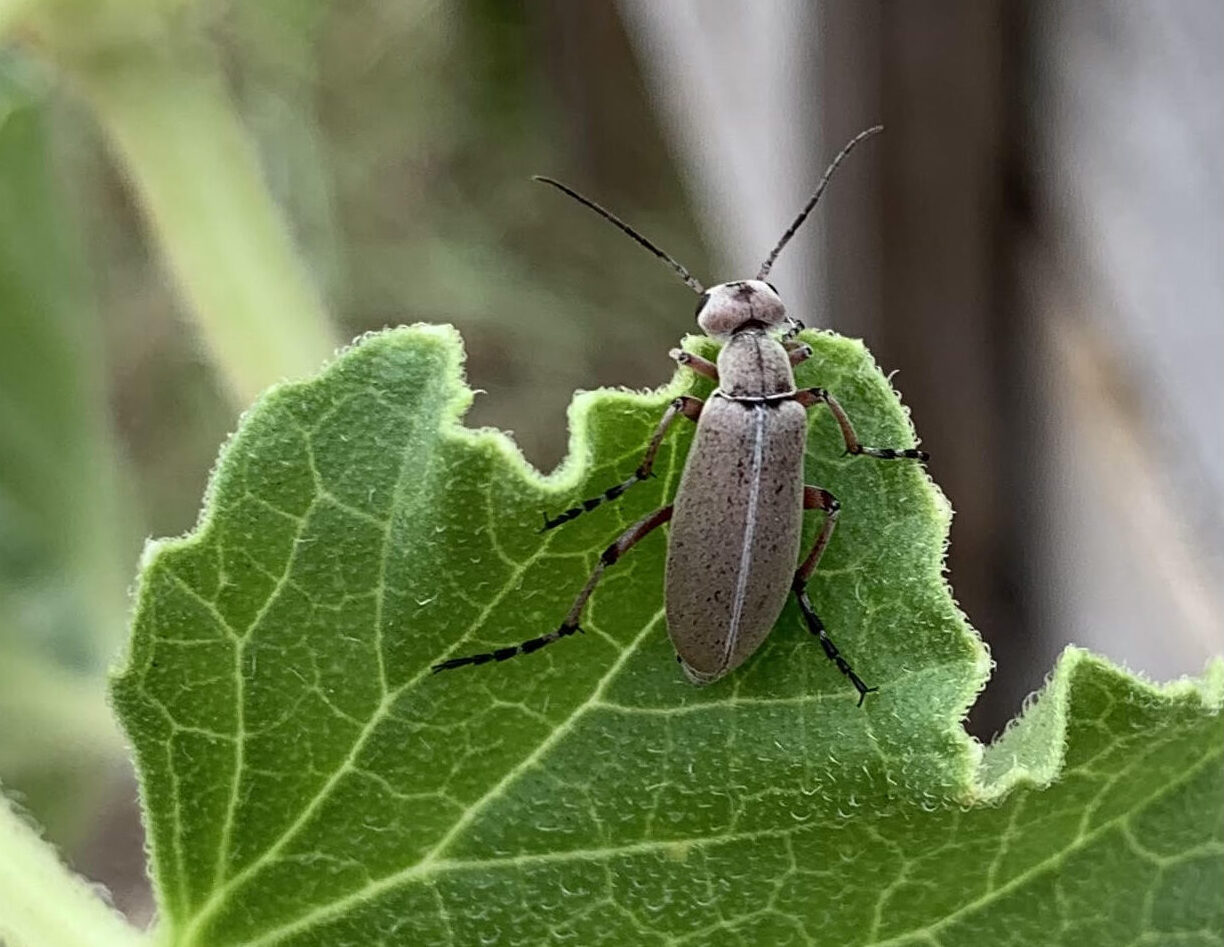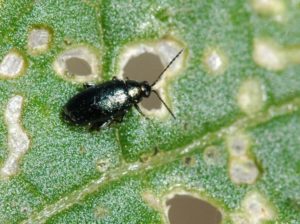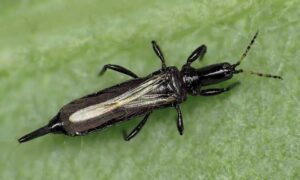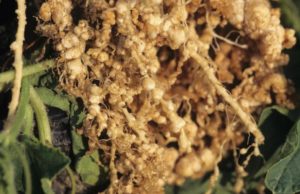Blister beetles are insects that, when frightened, secrete an oily substance called cantharidin. When the substance comes into contact with skin, it causes a burning sensation, and the skin becomes red, painful, and swollen. Within 48 hours, blisters will appear, hence the name blister beetle. If swallowed by an animal or a curious child, the insect can cause severe damage to the gastrointestinal and urinary tracts.
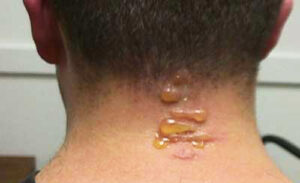
How to Identify Blister Beetles
The soft-bodied beetle is a member of the Meloidae family. There are 7,500 varieties of blister beetles worldwide, with about 250 in the United States. They come in various sizes, however, most measure between one half to one inch (1 to 2.5 cm) in length. They range in color from gray to brown to yellow to black. Some are solid, some have stripes, while others have wings outlined in a contrasting color. The margined blister beetle, for example, has a gray to black body with wing margins outlined in a gray to cream color.
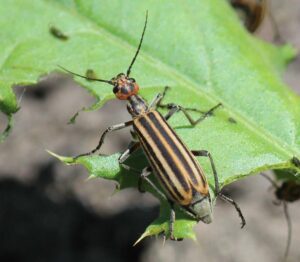
One distinguishing characteristic of this elongated beetle is its narrow prothorax (located between the head and body), which gives the insect a neck-like appearance.
Blister beetles are sometimes wrongly identified as the asparagus beetle.
Harmful to Animals and Livestock
Live blister beetles are not the only ones that pose a risk. Dead beetles, when crushed, are also capable of excreting the caustic chemical. The postmortem release of cantharidin poses an additional threat to livestock because beetles that have died in hay fields are harvested along with the hay. When the hay is ingested by animals, the chemical can cause intestinal as well as bladder and urinary irritation. It can also lower blood calcium levels and can even lead to death. Horses are particularly susceptible to cantharidin poisoning.
Interestingly, cantharidin was used in years past as an ingredient in gout and arthritis treatment. It was also a component in an aphrodisiac called Spanish fly.
Problems in the Garden
Blister beetles can also wreak havoc in the garden. They feed on a wide variety of crops including, corn, beets, potatoes, carrots, tomatoes, peppers, melons, eggplant, legumes (beans, peas, lentils), and lettuce. They may also be found feeding on nectar, pollen, and flowers. If present in significant numbers, they can cause defoliation.
On large scale farms, the beetles can also pose a problem for crops like soybeans, sugar beets, alfalfa, hay, and sweet clover.
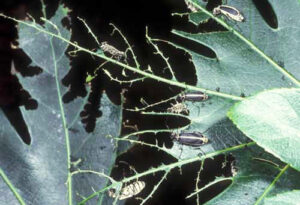
Life Cycle
The beetle’s life cycle includes egg, four larval stages, pupa, and adult. Several times throughout its life, the adult female will lay a cluster of eggs just beneath the soil in areas where grasshoppers have laid their egg pods, so that the beetle larvae will have a handy meal when they hatch. Amazingly, other beetle larvae, called bee lice, will hitch a ride on bees. Once inside the hive, they will consume eggs and stored food.
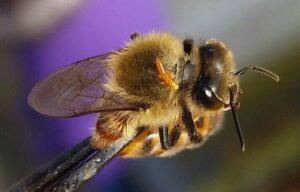
Blister beetle eggs hatch in about two weeks. The pupa stages last about ten to twenty days. Adults live approximately three to four months and occasionally longer. Some species produce only one generation per year, while others produce more. Many species can overwinter as late-stage larvae.
How to Treat and Prevent
1. Routinely Inspect Plants
The more frequently you inspect your garden for insects and diseases, the quicker you can intervene and prevent or limit any damage. Keep an eye out for blister beetles, especially if you have seen them in the past and if your area has a problem with grasshoppers.
2. Remove with Gloved Hand
Remove and dispatch any beetles using a gloved hand to prevent coming into contact with cantharidin. Alternatively, you can flick them into a cup of soapy water.
This article contains affiliate links. If you make a purchase using one of these links, I will receive a very small commission at no additional cost to you, and it will help me maintain this website. Rest assured, I only recommend products I actually like!
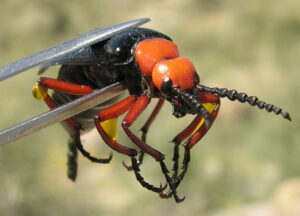
3. Food Grade Diatomaceous Earth
Food grade diatomaceous earth, also known as DE, is a powder-like substance comprised of fossilized organisms. The micro-sharp edges cause harm when in contact with soft bodied insects. Sprinkle DE around the garden, reapplying after it rains or if the powder gets wet. Take care when applying by wearing eye protection, and be careful not to inhale the powder as it has the potential to harm lungs and airways. This is the DE that I use.
4. Neem Oil
Neem oil is derived from the seeds of the Indian neem tree. It does not work immediately like chemical bug sprays do. Rather, it serves to repel the insects as well as to interfere with the insects’ hormones, preventing them from reproducing.
When purchasing premade neem oil sprays, check the label to make sure no other chemicals have been added. Or, make your own spray by mixing 1 to 2 teaspoons of pure, cold-pressed neem oil (this is the one I use), 1/2 teaspoon of Castile soap, and 1 quart of water to a sprayer. This is the sprayer I use. Perform a spray test on a plant leaf and wait 24 to 48 hours before spraying the entire plant. Spray in the early morning or in the cool of evening. Monitor the plant and reapply every seven days or so.
5. Insecticidal Soap
Insecticidal soap is also effective. To make your own, mix 1 to 2 teaspoons of liquid dish soap, preferably a Castile soap like Dr. Bronner’s or Dr. Wood’s, in one quart of water (or 1 tablespoon in one gallon of water). Other recipes call for an additional surfactant, such as vegetable oil, to help the spray stick to the plant’s surface and to reduce any suds. Add 1 to 2 teaspoons per quart of water or 1 tablespoon per gallon.
Always do a spray test on a leaf and wait 24 to 48 hours to make sure the plant isn’t negatively affected. If the solution “burns” the plant tissue, dilute the solution and try again. Spray all surfaces of the plant and repeat if necessary.
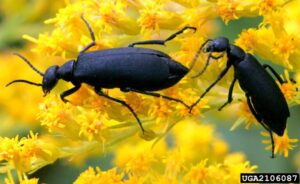
6. Row Covers
Install row covers over plants to protect against migrating beetles. Remember, however, that row covers will not protect against beetle larvae that have over-wintered in the soil.
7. Clean and Maintain Garden
Maintain a clean garden by mowing grass, removing weeds, and any yard or garden waste where beetles can hide.
8. Control Grasshoppers
Since female blister beetles lay their eggs near grasshopper egg pods, it is important to eliminate or control grasshopper populations.
Thank you for reading this article! If you found it interesting or helpful, please consider sharing it with others via email and social media!
